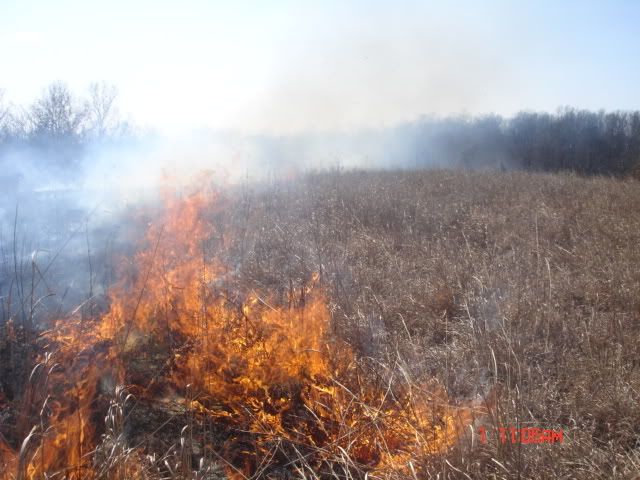PRINCIPAL USES: Atrazine is a widely used selective herbicide for
control of broadleaf and grassy weeds in corn, sorghum,
sugarcane, macadamia orchards, and turf grass sod. It is
used also in some areas for selective weed control in conifer
reforestation and Christmas tree plantations as well as for nonselective
control of vegetation in chemical fallow. Atrazine also is used as a
nonselective herbicide for vegetation control in noncrop land. Sugar-
beets, tobacco, oats, and many vegetable crops are very sensitive to
atrazine (56).
APPLICATION METHOD(S): Depending upon the crop or intended use,
atrazine sprays may be applied preplant, preemergence, or postemergence,
but before weed seedlings are more than 3.8 cm (1.5 inches) high with
few exceptions. These exceptions include postemergent application for
yellow nutsedge and Canada thistle control. Preemergence use is
generally the preferred method of application where it can be used.
Under dry conditions, a shallow incorporation may increase the degree of
weed control. A single lay-by cultivation is sometimes useful to
prevent relatively tolerant late season grasses from developing. Aerial
applications have been very successful, especially when wet weather
prevents the use of ground equipment and in cases where rough terrain
such as in conifer reforestation makes ground application impractical.
A liquified formulation containing 0.48 kg/l (4 lb ai/gal) has been
developed and is registered for weed control in conifers, corn,
chemical fallow, rangeland, sugarcane, and sorghum. A 90% water
dispersible granular formulation has been registered bearing the full
AAtrex label. Future registration of the 4L formulation is planned on
other crops. Postemergent application of the wettable powder, the
water dispersible granule or liquified formulation of atrazine is usually
made in combination with a nonphytotoxic crop oil, crop oil concentrate
or surfactant. These additions enhance the uptake of atrazine and hence
its activity (58). May be applied to corn in solution with liquid
nitrogen (8b).
I. EFFICACY
Important Weeds Controlled:
1. Crop areas - Barnyardgrass, mustards, chickweed, cocklebur,
crabgrass, downy brome, foxtail, jimsonweed, lambsquarters, nutgrass,
quackgrass, purslane, ragweed, velvetleaf, wild oats, and many others.
2. Total vegetation control - The above weeds plus bindweed, dock,
horsetail, milkweed, mullein, orchardgrass, plantain, quackgrass,
leafy spurge, Canada thistle, and many others (8b).
Moisture activates the chemical. Usually considered more toxic
than the other triazines. Will not control Johnsongrass or Bermudagrass.
Corn completely metabolizes it, not being injured. Effective on most
annual broadleaves for about three months. Resembles simazine, but is
faster acting under low rainfall conditions. Proven and used in all
climates (8b).













